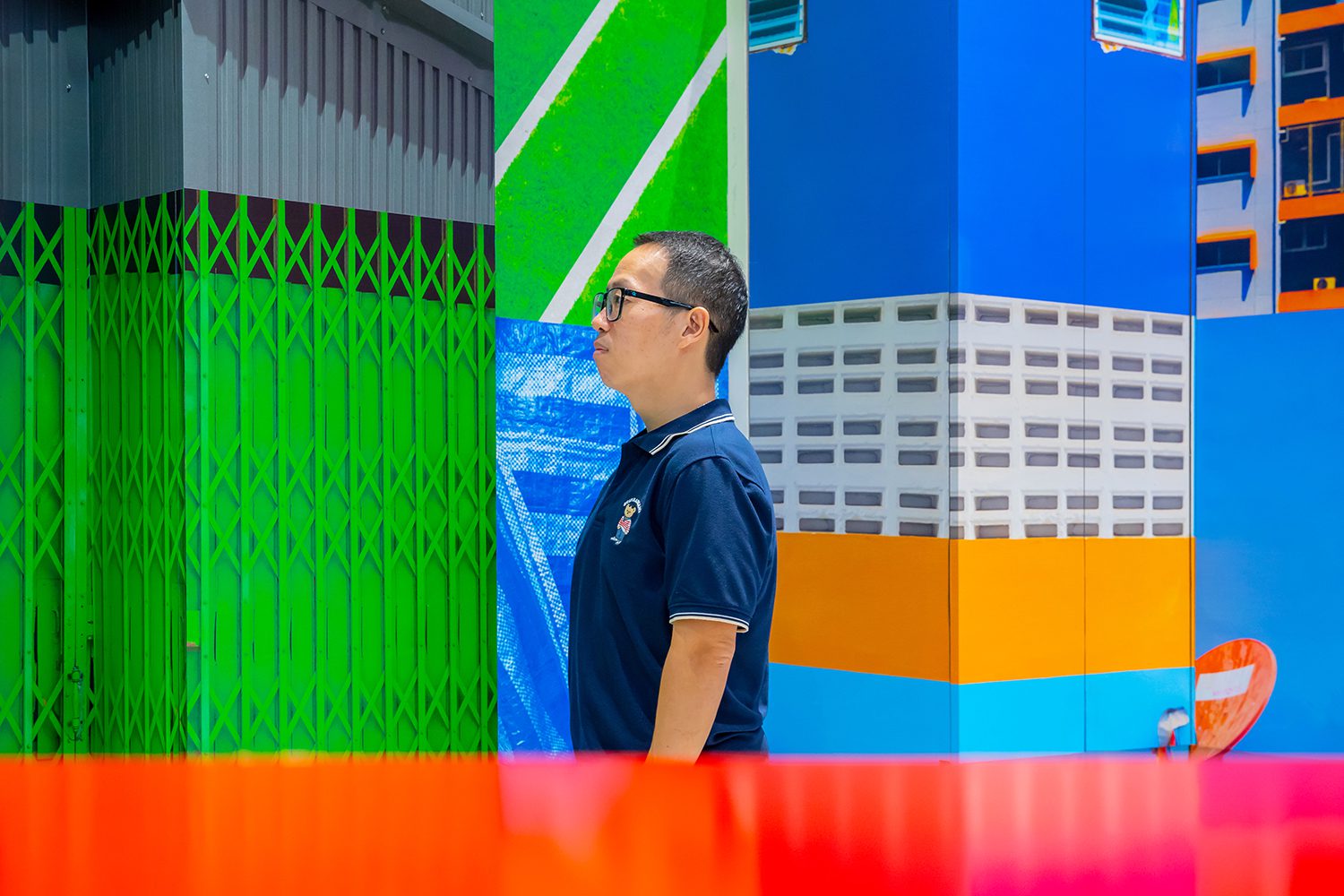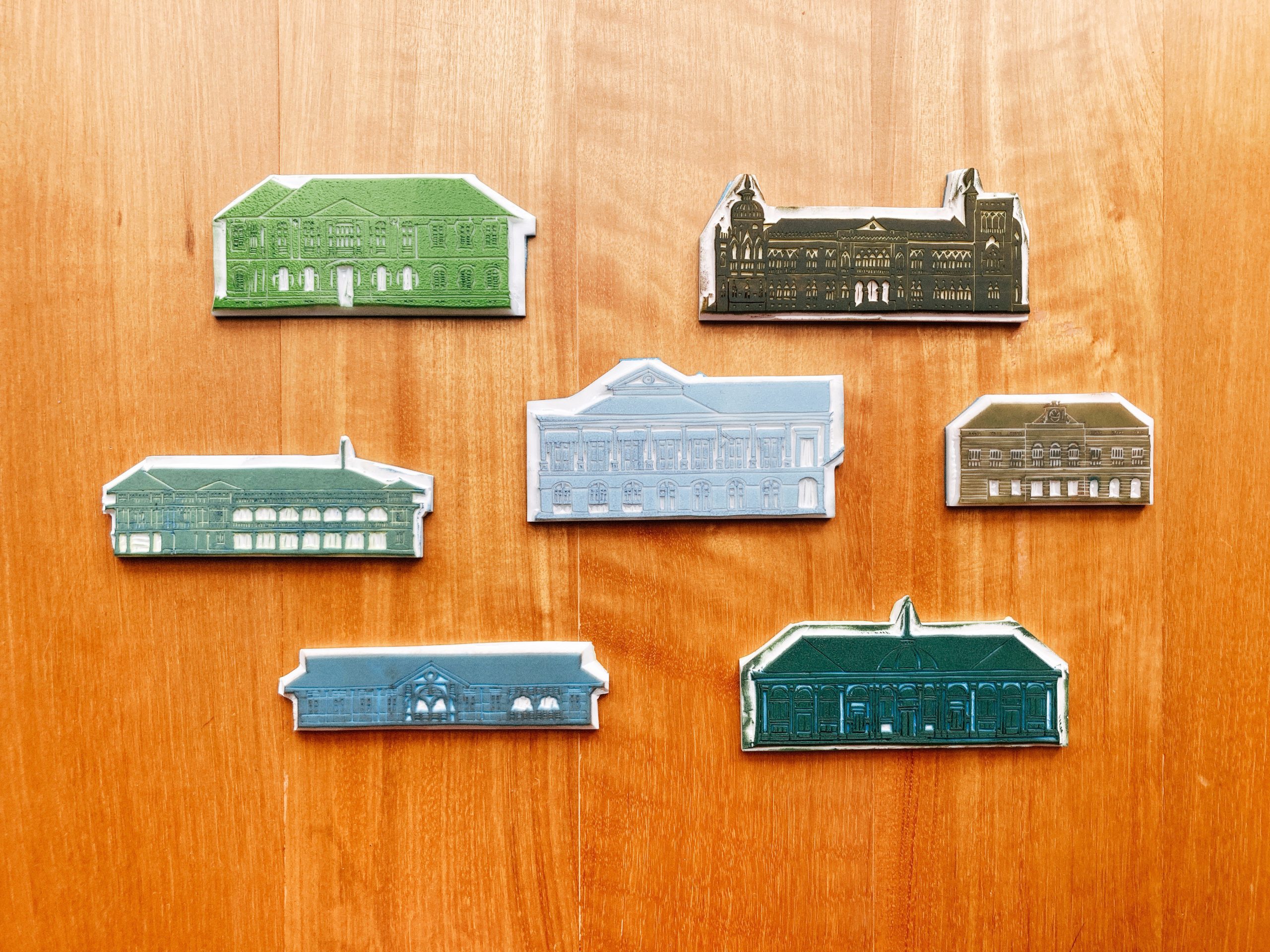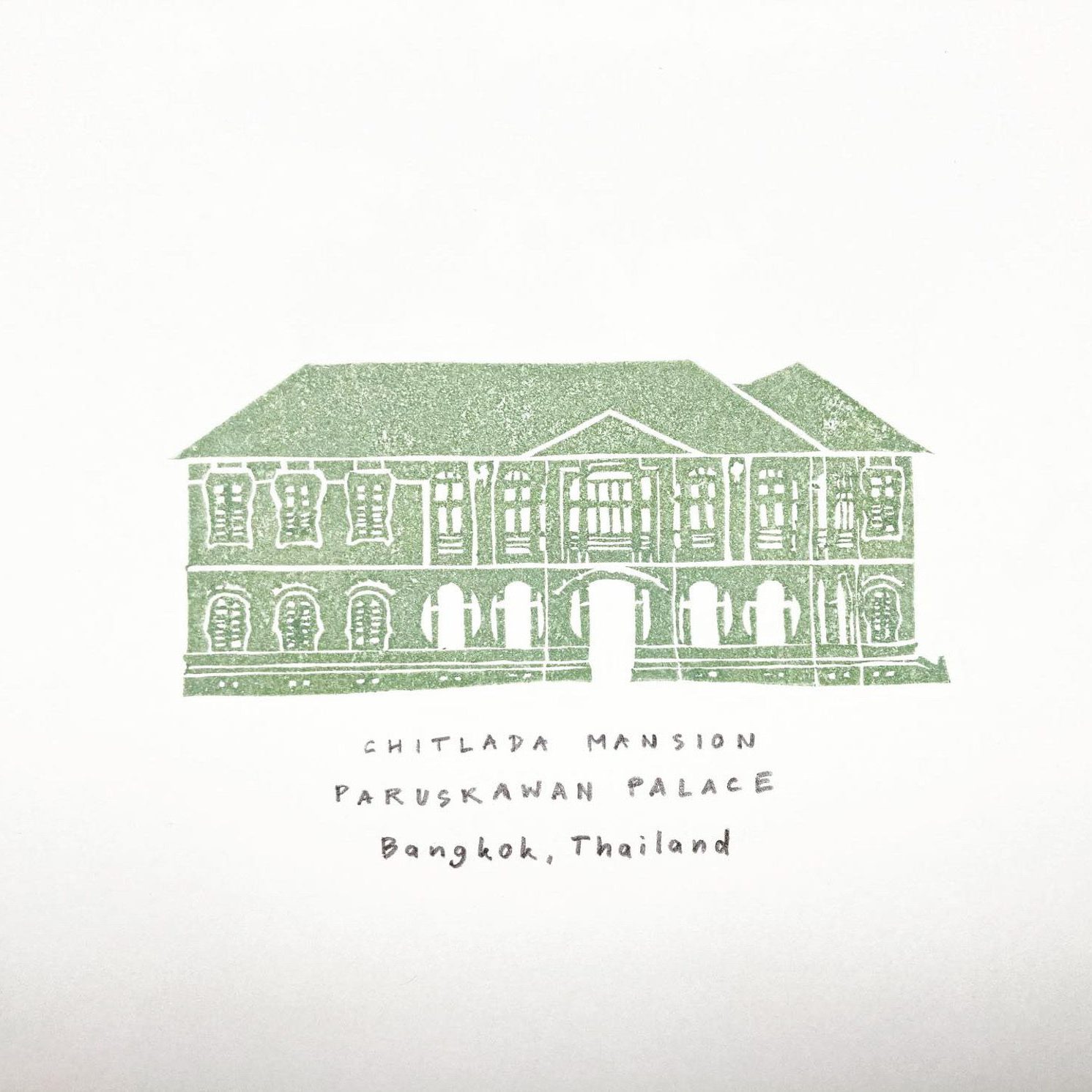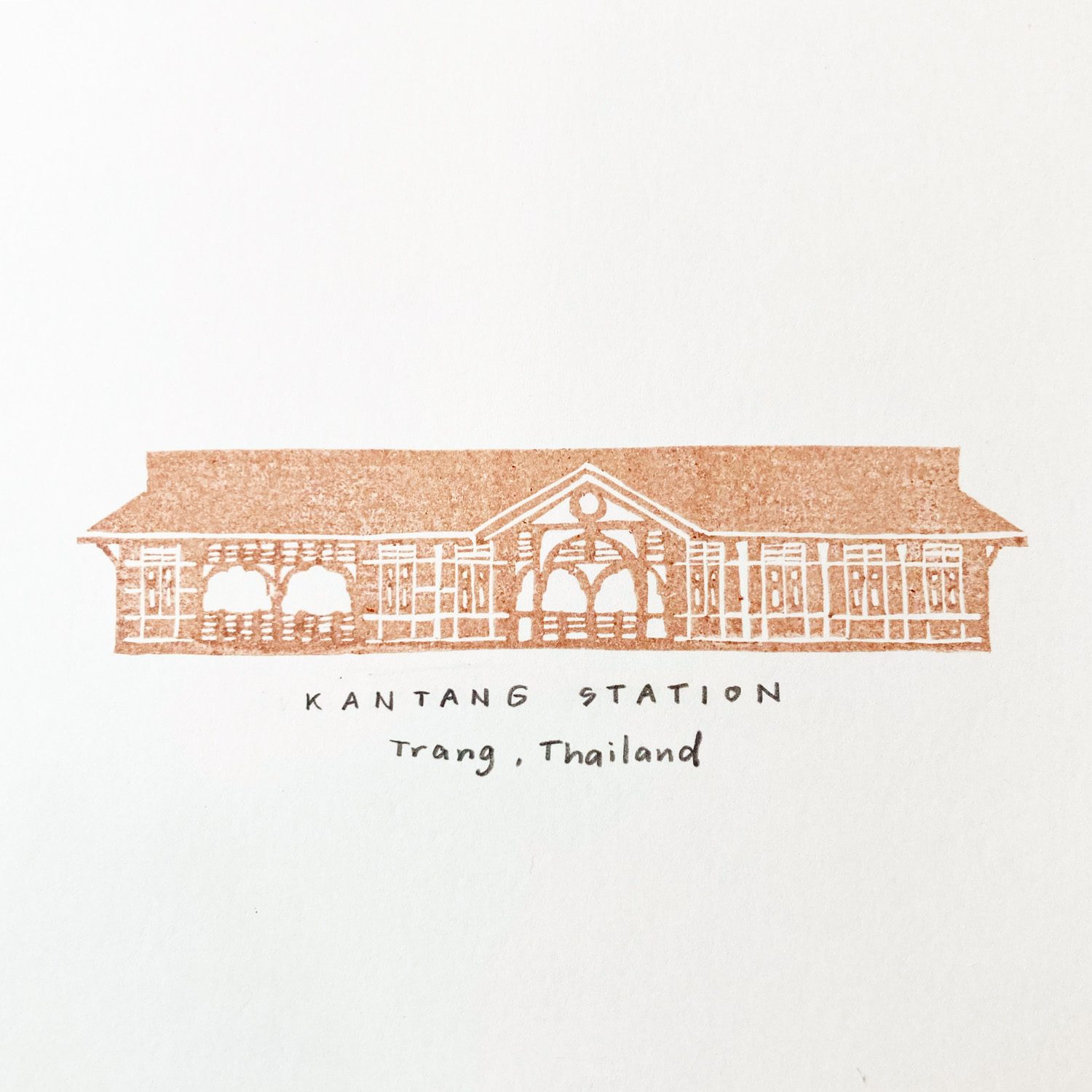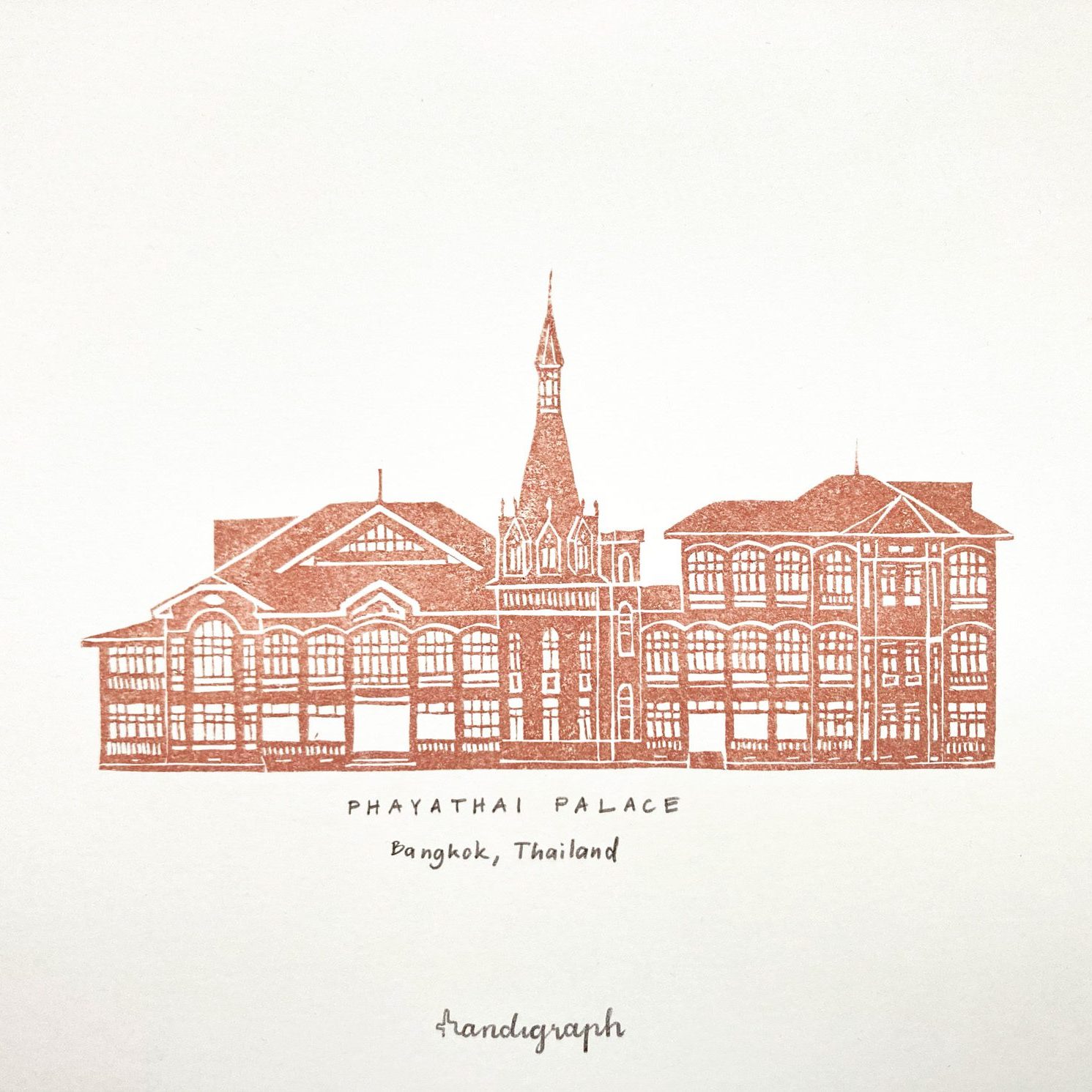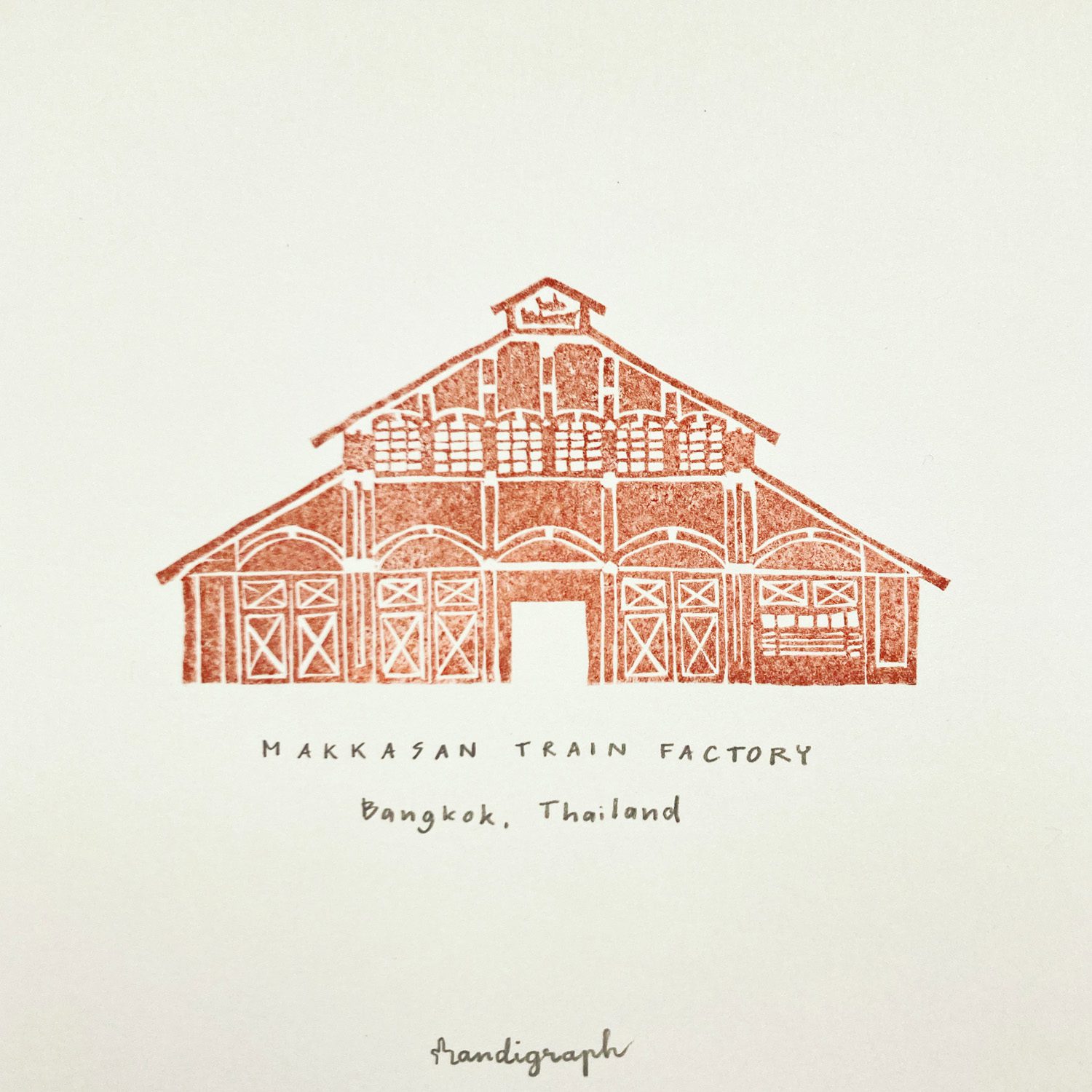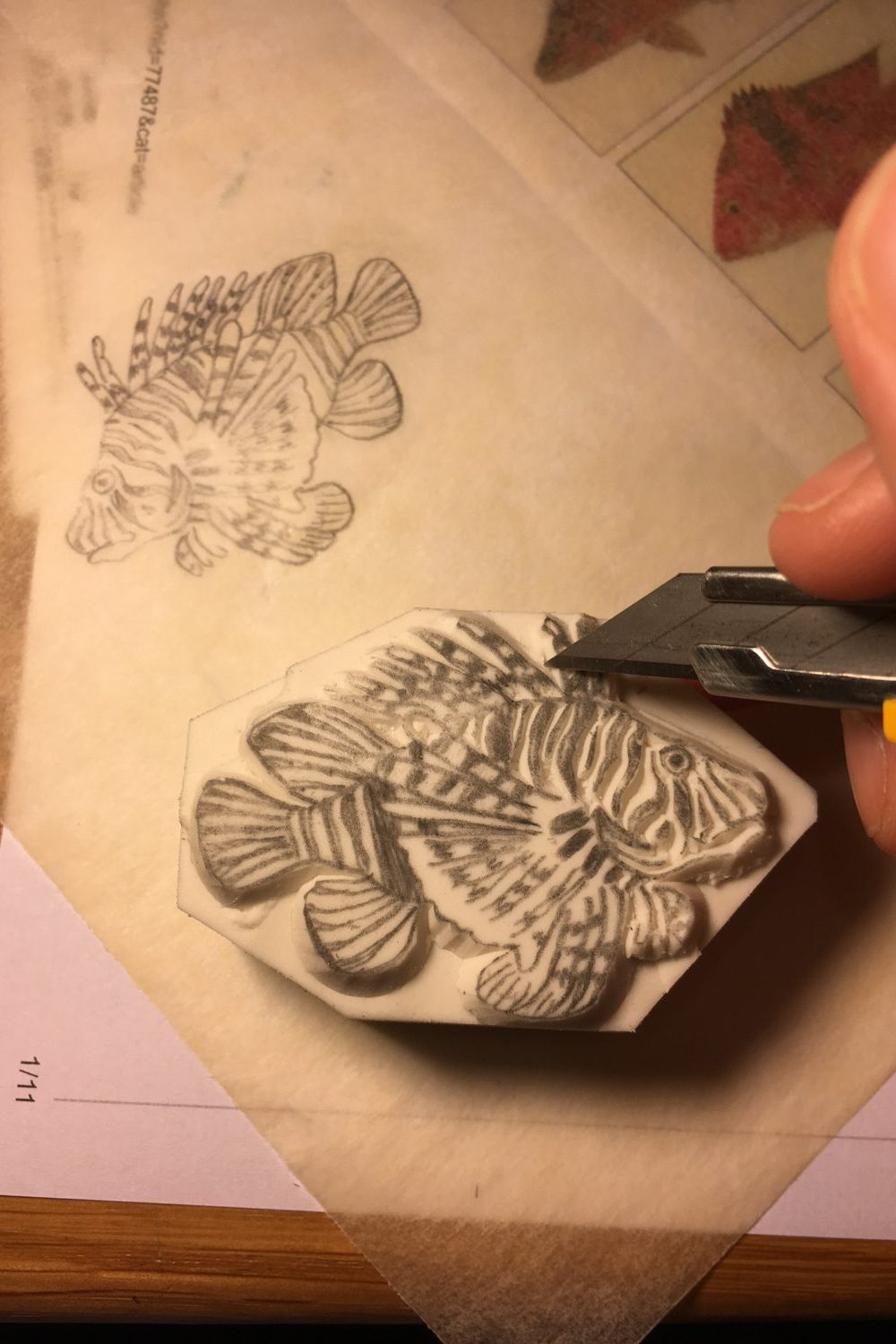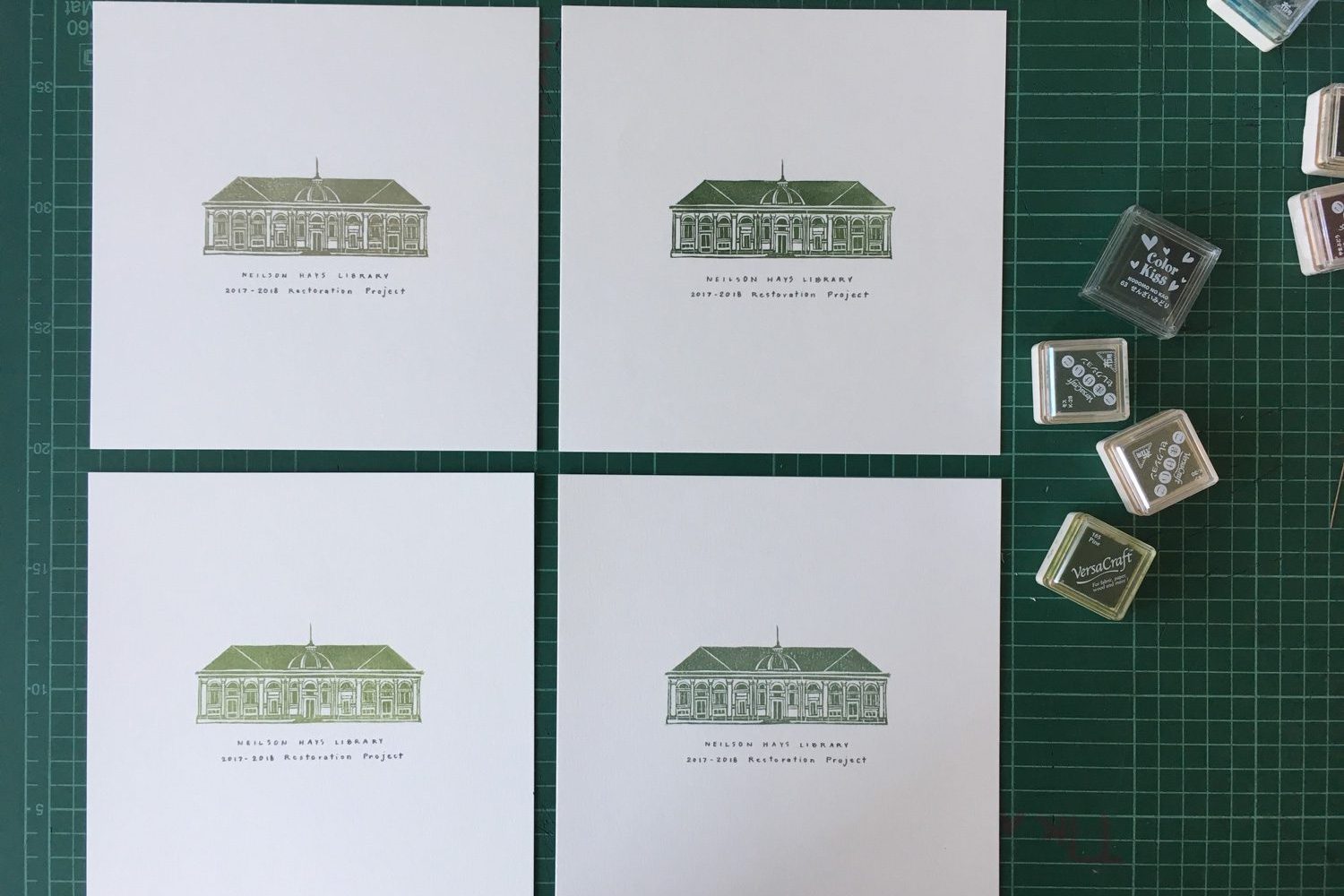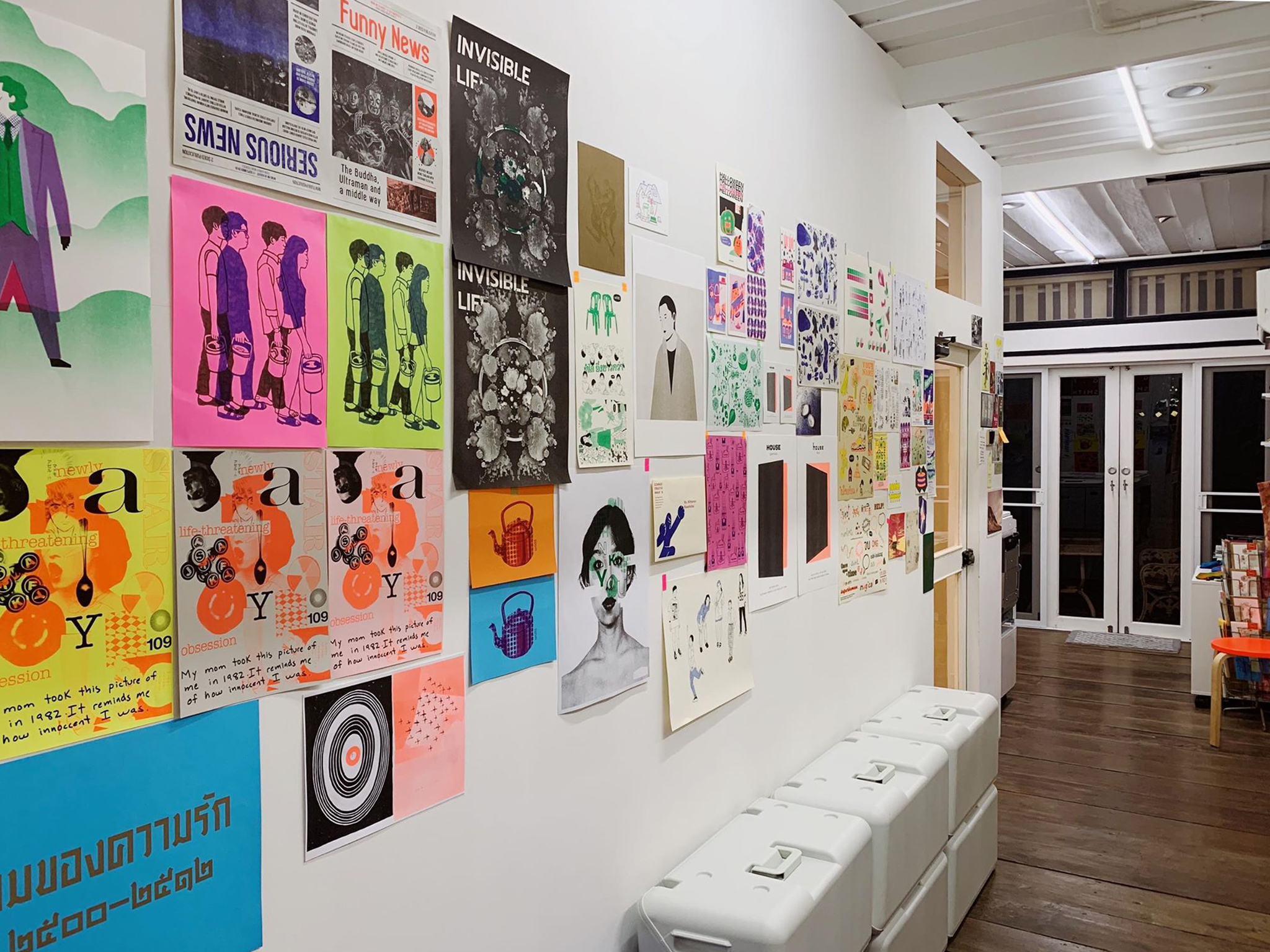Tag: printing
NO MAGIC IN RISO
PIP LU FROM O.OO STUDIO, WHOSE INTEREST IN RISOGRAPH WAS DISPLAYED AND PUBLISHED AS A BOOK WITH RISOGRAPH TECHNIQUE IN WHICH THOROUGHLY SHOWCASES THE UNIQUENESS AND ATTRACTION OF THIS PRINTING ART
O.OO STUDIO
ART4D HAD A CONVERSATION WITH PIP LU FROM O.OO STUDIO IN TAIWAN ABOUT THE CURRENT SITUATION OF PRINTS IN TAIWAN AND HER PASSION FOR RISOGRAPH WHICH HAS GAINED WORLDWIDE POPULARITY IN THE DESIGN COMMUNITY
HANDIGRAPH
TEXT & PHOTO COURTESY OF HANDIGRAPH
(For Thai, press here)
WHO
Handigraph. The name derives from handicraft + graphic because what I do is essentially handmade rubber stamp carving. I carve eraser stamps. You can call and think of Handigraph as an eraser stamp carving studio.
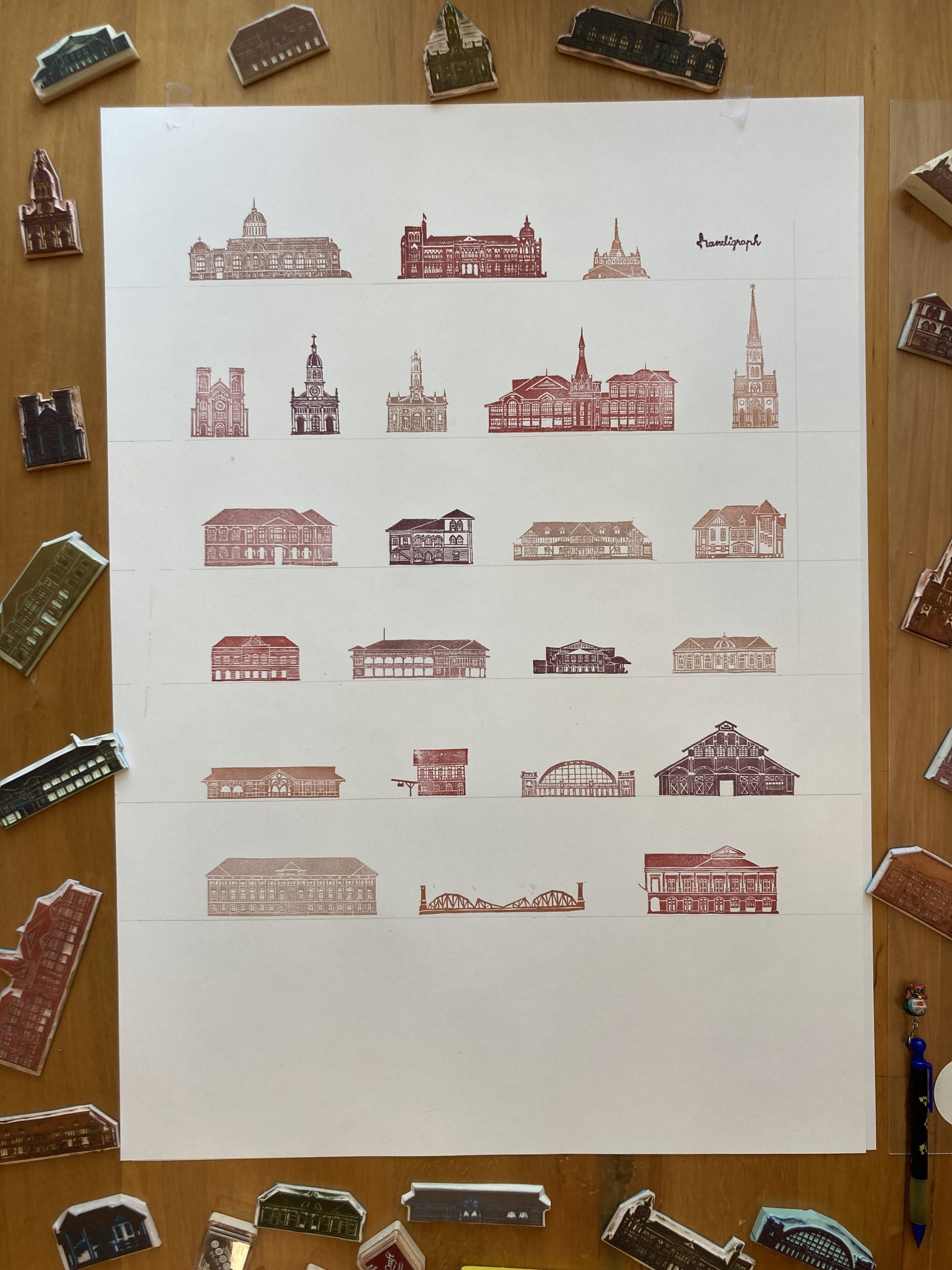
WHAT
Handigraph is a craft studio working primarily in eraser stamp carving, and with those stamps, different graphic design pieces are created. I’ve done a lot of patterns but mostly I like to carve architectural structures in Thailand because I think they’re quite interesting.
WHEN
Eraser stamp carving has been my hobby for about ten years since I was an architecture student at Chulalongkorn University. I remember seeing carved rubber stamps by foreign artists and thinking ‘it doesn’t look that hard,’ so I gave it a try. At first, I did ordinary patterns, not just architecture. I like creating a collection because by using different stamps in the collection to create a graphic piece, it comes out pretty cute.
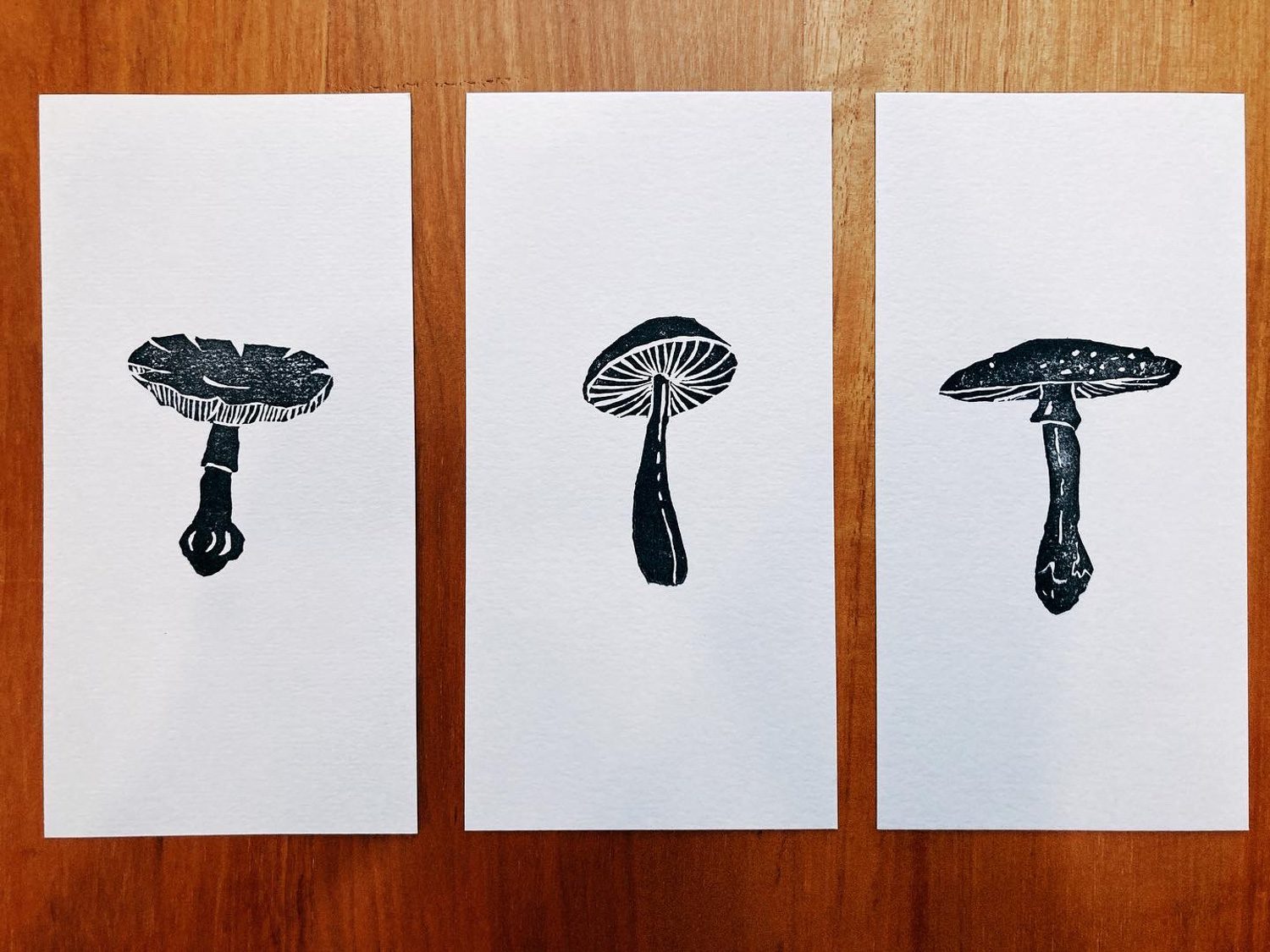
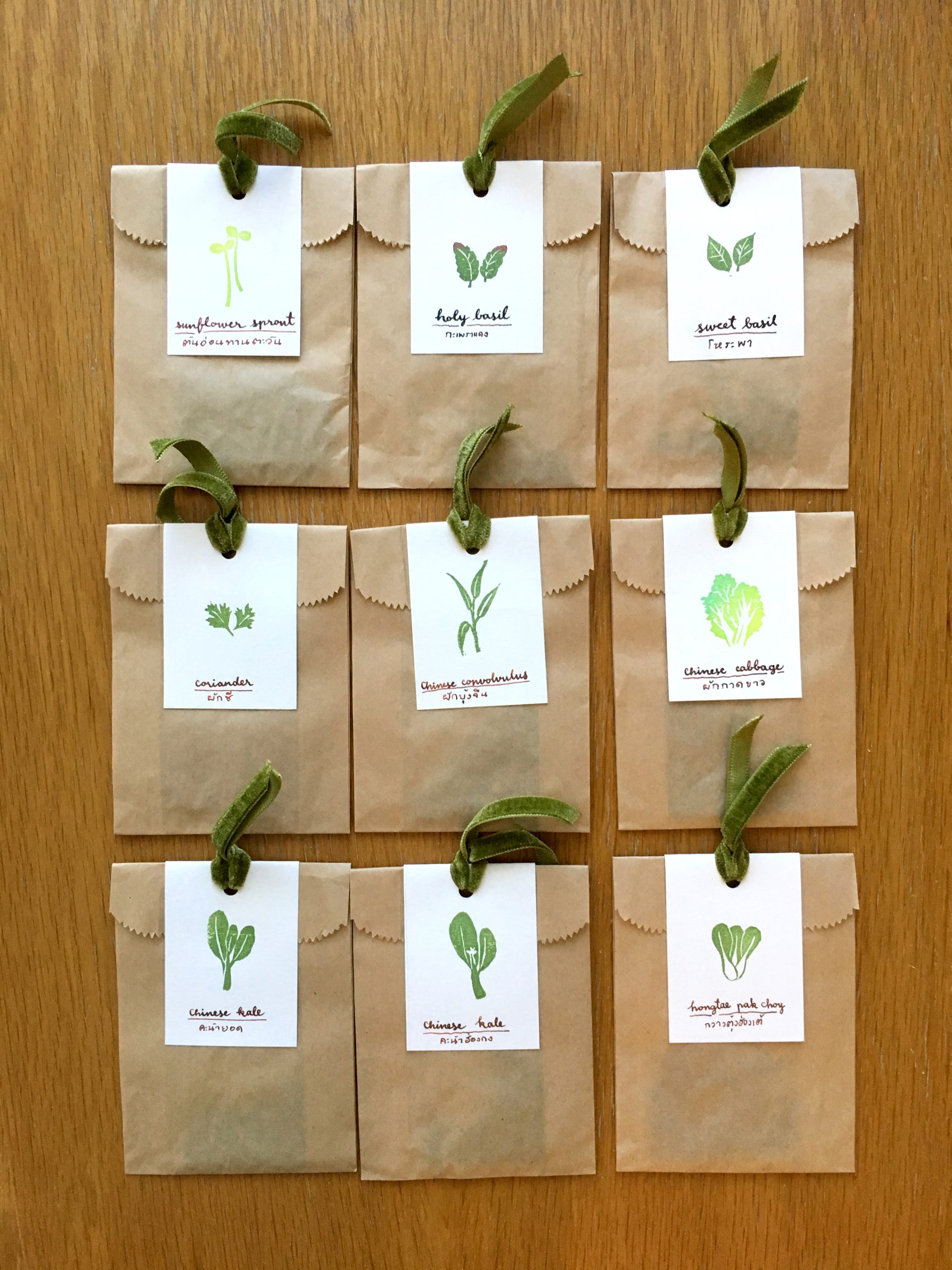
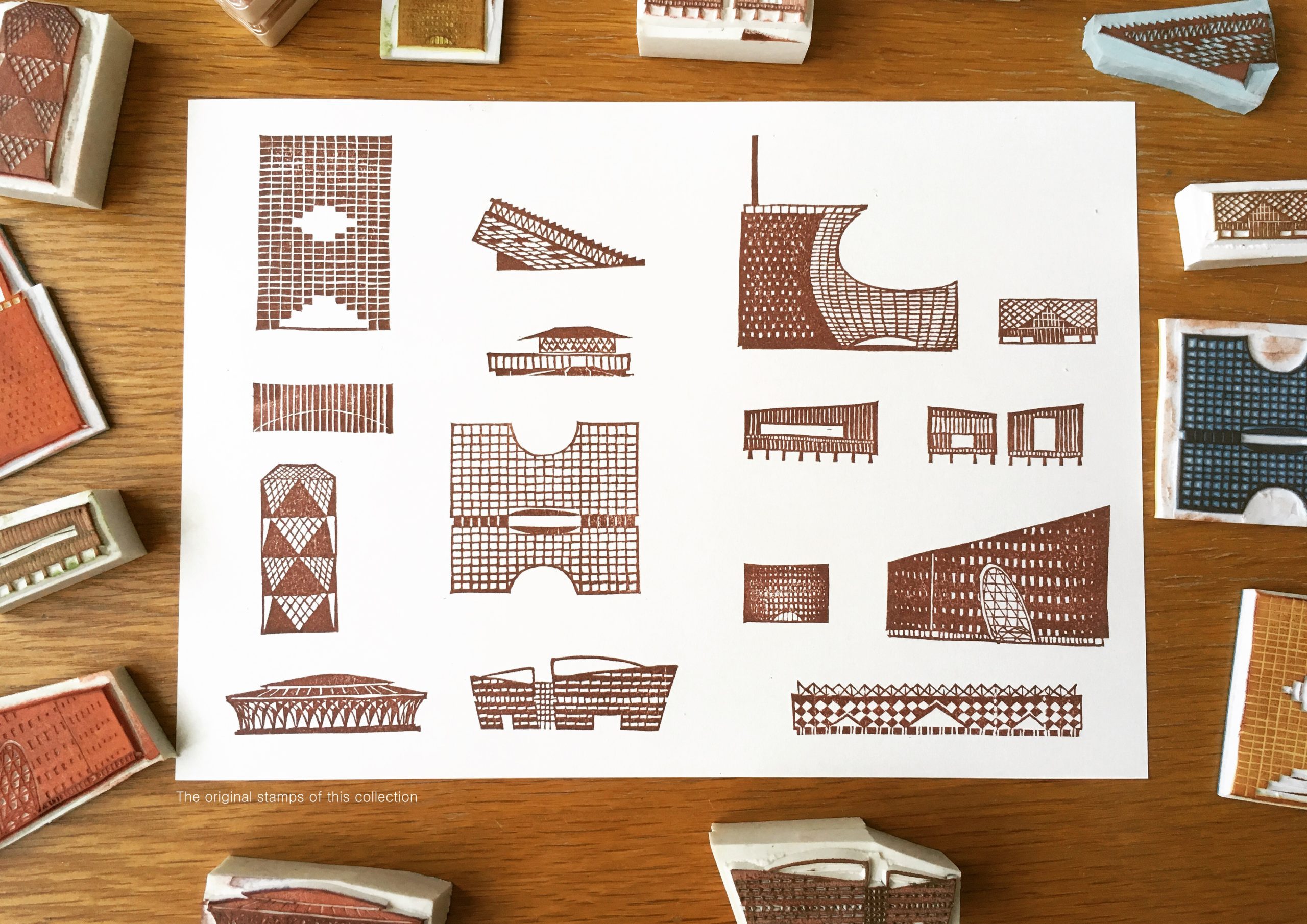

WHERE
Since this is my hobby, I do most of the work at home, in my free time. The pieces are also available for sale on my page and at Museum Siam.
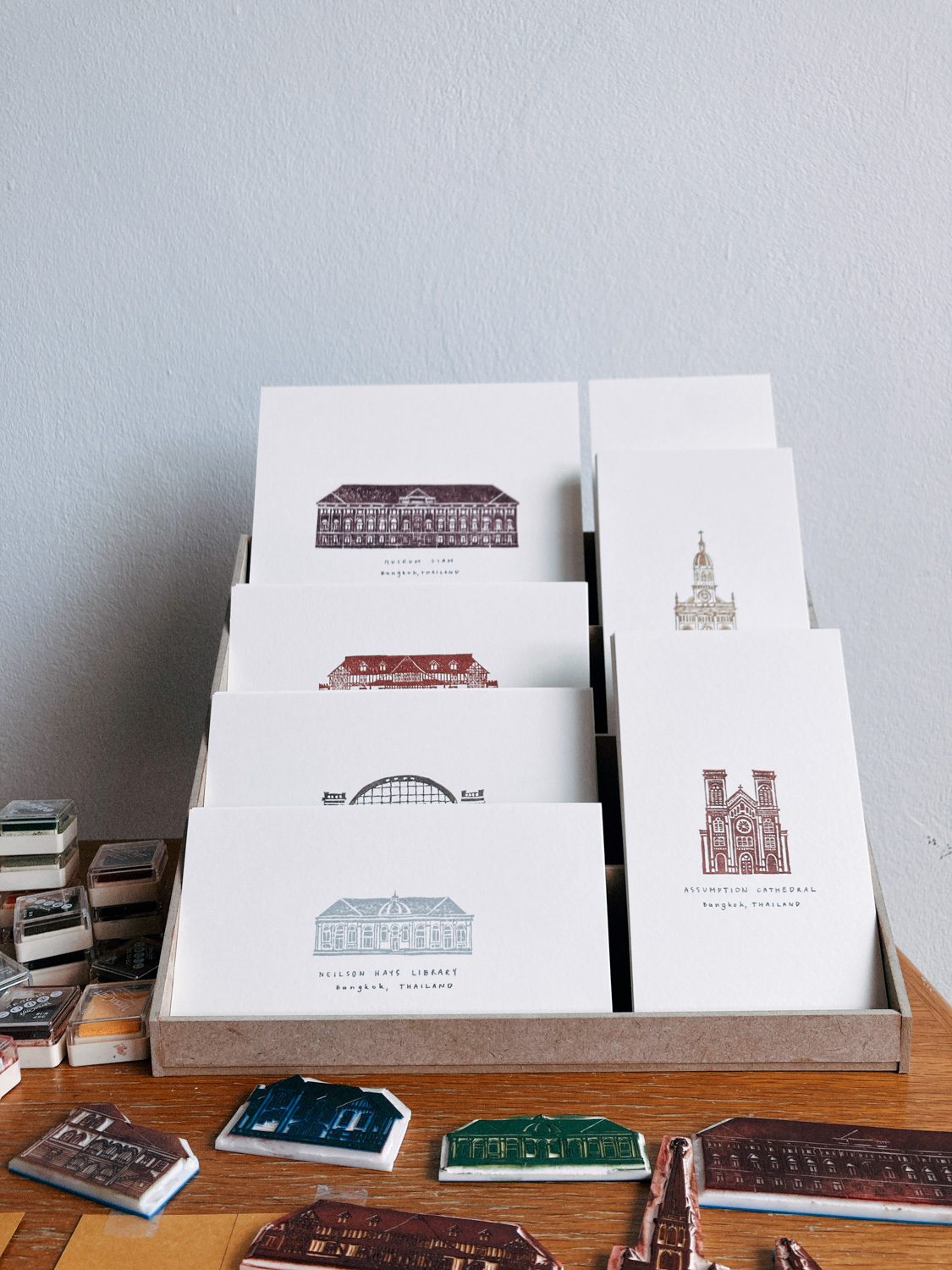
WHY
I’ve seen artists carve eraser stamps into different patterns inspired by their countries’ cultural icons but I haven’t seen this type of craft work that much in Thailand. I think it’s a great medium to reflect our country’s cultural identity and characteristics, and it would be nice to have more things like this in Thailand.
What made you start carving eraser stamps into architectural structure patterns?Personally, I’ve always liked to look at architecture. Each building has its own unique details especially the old ones such as the gingerbread houses where each of them have these details that you won’t find in modern architecture. When you carve something with a lot of lines and details, the end results are usually very beautiful. One of the first buildings I carved is Ananta Samakhom Throne Hall.
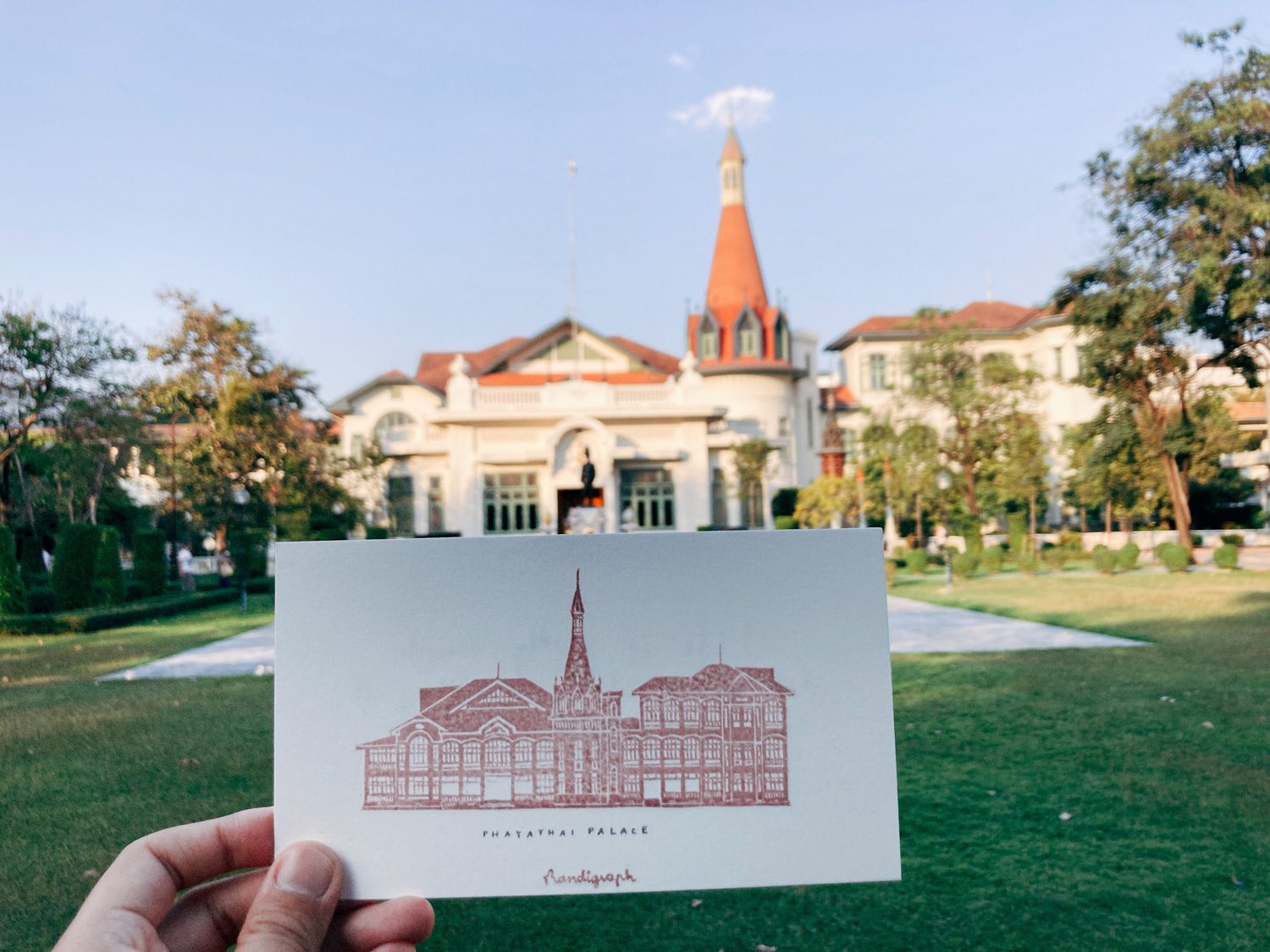
What is the most fun part and what is the most difficult part of the process?
Actually each process is both difficult and easy in itself. I usually spend a lot of time finding the references for the building I want to do. Because when I carve a building I look at the proportions so I have to look for working drawings, sections and elevations. I’ve always liked parts of history that aren’t in textbooks so I really enjoy researching and searching for all the information. There is one building that I really want to do. It’s called Baan Banthom Silpa. It’s actually a very prominent residence of its time. But it’s extremely difficult to find a solid reference or a working drawing I can use. The carving process, I have to say, is the most challenging part. Because when I’m done drawing everything, there are so many details and I end up thinking ‘Will I be able to pull this off? This one isn’t going to work (laugh).’ I think it’s a process where I have to really think about how I’m going to carve everything out, so it’s just like a step-by-step process. The part that seems the easiest but is actually very difficult is the stamping. Because if you stamp and you didn’t place it down evenly, you may end up throwing away the whole thing. Stamping requires a lot of experience. There was this one time when I did everything right, exactly like it was supposed to be done, but there was too much ink being absorbed into the paper because it was raining that day so the humidity was very high. So, to get the stamp right, it may seem easy but it’s actually a lot harder than you think
Which project do you like the most?
So far, I like Suriyanuwat House the most. Once I was done with it I looked at it and I thought that this building is very cute, like a doll house. The original house belonged to Phraya Suriyanuwat, and it’s located on Larnluang Road. It’s now a museum that is open to the public.

What is Handigraph’s philosophy?
I do it because I like it. I love carving eraser stamps. I work based on what I’m comfortable with. I don’t like pressure. I like the feeling where I carve something, and let my mind focus on just that moment, with the mindset that at times, I may not know what the final outcome is going to be. I don’t want to do commissions because a client may expect something different from what I’m doing. Most of the stuff that I sell are hand prints of the rubber stamps that I’ve made.
What does one have to do if they want to practice or start carving rubber stamps?
We hold workshops sometimes at different venues such as Museum Siam. But the most simple thing you can start with is just try to do it. It’s just like most types of crafts, theoretically, it isn’t that complicated but to improve your skills, you need practice. Keep doing the same things until you are proficient. Then you can see the details and you’ll know which type of rubber or paper would be good for a certain type of work. These things require observations and experiences.
What do you do or where do you go when you have a creative block?
I’ll eat snacks when I’m really tired and I want to heal myself. Desserts are my source of healing.
If you could choose one artist or creative individual to have a coffee with, who would you choose?
I’ll go with Wara, my husband. Because we’re both designers, and he’s my life partner, my consultant and he knows my vibe. He knows what I’m thinking, with or without words. I feel the most comfortable around him. He’s like my best partner for every and any circumstance.

WITTI STUDIO
WHO
Witti Studio (pronounced “witty”) is a creative studio and Risograph printing service founded by Wittamon Niwattihai and Santi Tonsukha.
WHAT
Our Risograph printing service provides an alternative printing method. It is cost-effective for high volume print and has a unique artisanal look and feel. With a special palette of non-toxic, environmentally friendly rice bran oil ink, we can create Risograph printed materials for all occasions.

